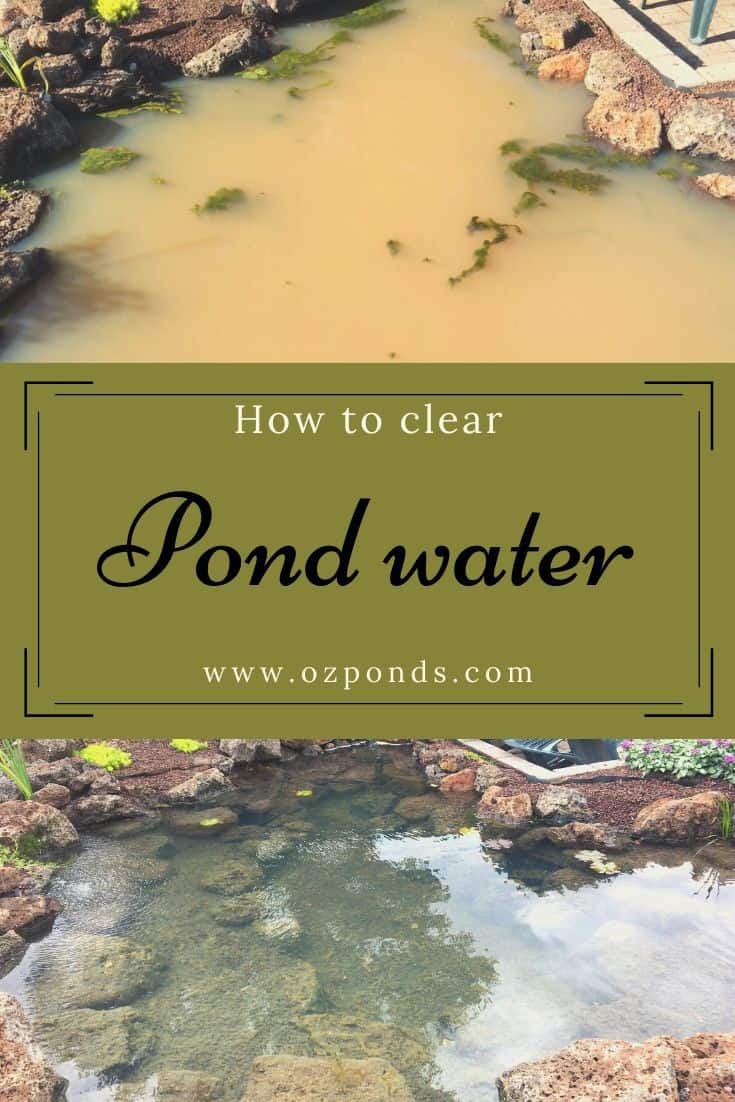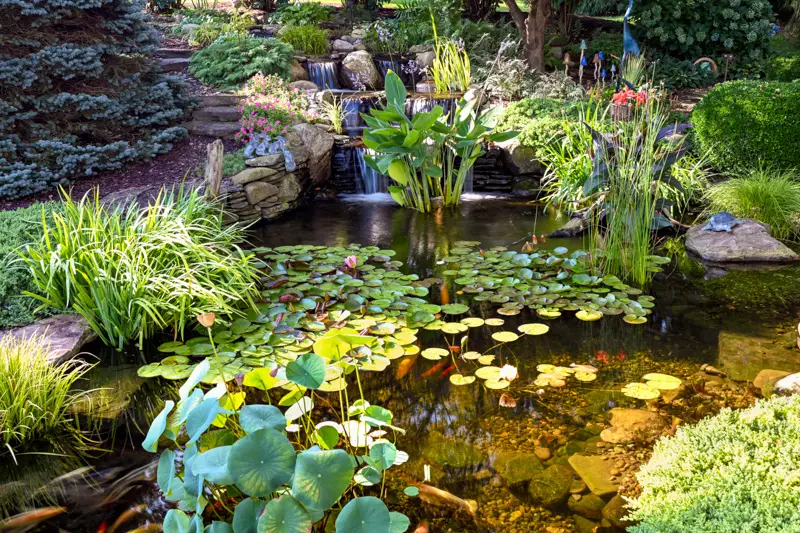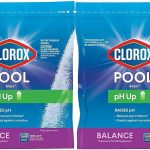Having a clear and clean pond water can enhance the beauty of your outdoor space and provide a healthier environment for aquatic life. Murky or cloudy pond water is a common issue that many pond owners face, but with the right techniques and maintenance practices, you can achieve crystal clear water in your pond. In this article, we will explore various methods and tips on how to make pond water clear.
1. Regular Pond Maintenance
One of the key factors in achieving clear pond water is regular maintenance. This includes removing debris such as leaves, twigs, and algae from the water surface and bottom of the pond. Use a pond net or skimmer to keep the surface clean and a pond vacuum for removing sediment from the bottom.
2. Proper Filtration System
Installing a proper filtration system is essential for maintaining clear pond water. There are three main types of pond filters: mechanical, biological, and UV filters. Mechanical filters remove debris, biological filters support beneficial bacteria growth, and UV filters kill algae and bacteria. A combination of these filters can help keep your pond water clear.
3. Adequate Aeration
Adequate aeration is crucial for pond health and clarity. Aeration helps in circulating the water, increasing oxygen levels, and promoting beneficial bacteria growth. Consider installing a fountain, waterfall, or air pump to provide sufficient aeration to your pond.
4. Beneficial Bacteria
Beneficial bacteria play a vital role in maintaining water clarity by breaking down organic matter such as fish waste and uneaten fish food. Adding beneficial bacteria supplements to your pond can help establish a healthy ecosystem and prevent algae blooms and foul odors.
5. Proper Feeding Practices
Overfeeding fish can lead to excess nutrients in the water, resulting in algae growth and poor water quality. Feed your fish small amounts of food that they can consume within a few minutes to prevent leftover food from decomposing in the water.
6. Shading and Plant Coverage
Excessive sunlight can promote algae growth in ponds. Providing shading with aquatic plants, floating plants, or installing a pond shade cover can help reduce sunlight exposure and maintain water clarity. Additionally, aquatic plants can absorb excess nutrients and oxygenate the water.
7. Water Testing and Treatment
Regularly test your pond water for pH, ammonia, nitrites, and nitrates levels. Imbalanced water parameters can lead to poor water quality and clarity issues. Treat the water with appropriate pond conditioners or additives to maintain a healthy aquatic environment.
8. Regular Water Changes
Performing regular water changes can help remove accumulated toxins and excess nutrients from the pond. Replace a portion of the pond water with fresh, dechlorinated water to dilute pollutants and maintain water quality. Aim to change 10-20% of the water every 1-2 weeks.

Credit: ozponds.com
9. Algae Control
Algae blooms are a common cause of cloudy pond water. Implement algae control measures such as using barley straw, algaecides, or adding aquatic plants like water lilies and water hyacinths to compete with algae for nutrients. Manual removal of algae can also help improve water clarity.

Credit: www.youtube.com
10. Avoid Chemical Overuse
While it may be tempting to use chemical treatments for quick fixes, avoid overusing chemicals in your pond. Chemicals can disrupt the pond ecosystem, harm aquatic life, and lead to long-term water quality issues. Opt for natural solutions and proper pond maintenance practices instead.
Conclusion
By following these tips and methods, you can achieve and maintain clear pond water in your outdoor oasis. Regular maintenance, proper filtration, aeration, beneficial bacteria, and mindful practices are key to creating a healthy and visually appealing pond environment. Remember that clear pond water not only benefits the aesthetic appeal of your pond but also contributes to the overall well-being of the aquatic life residing in it.





